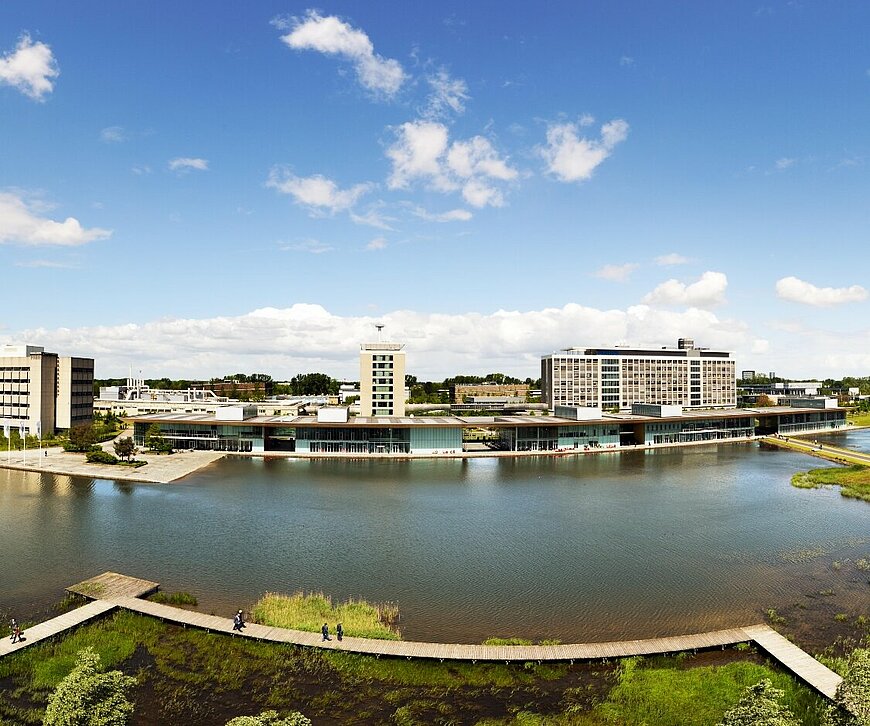Dutch city of Eindhoven is Europe’s most important innovation cluster for data technology

Research conducted by the European Patent Office: "This concerns a major shift towards a fully data-driven economy."
A study published today by the European Patent Office (EPO) reveals that innovation in the 4th Industrial Revolution (4IR) technologies has accelerated significantly around the world over the past decade. According to the report, the Dutch city of Eindhoven is Europe’s leading innovation cluster for 4IR technologies, ahead of London, Munich, Stockholm, and Paris.
Between 2010 and 2018, global patent applications for these technologies, which cover smart connected objects such as the Internet of Things (IoT), Big Data, 5G, and Artificial Intelligence (AI), grew by an average annual rate of almost 20 percent. That was nearly five times faster than the average for all technological fields.
The world leader in this field is still the US. However, countries such as China and Korea are rapidly expanding in this sector. While Europe, in particular, is losing ground. The Netherlands is making an important contribution to 4IR innovation, but growth here has tended to slow down over the past few years.
Data-driven economy
“The wealth of smart connected devices, faster wireless internet, big data, and AI are transforming the global economy and are profoundly impacting many sectors, from manufacturing to healthcare to transport,” comments EPO President António Campinos. “Not only are we seeing an acceleration in the development of information and communication technology, but it ecompasses a significant shift towards a fully data-driven economy as well.”
“Although Europe is not growing as fast as some other regions, our strength lies in the diversity of our innovation ecosystem, the strong track record of some of our smaller countries with their high levels of specialization, as well as innovative regional clusters.”
TNO in European top ten
The EPO has reviewed all the so-called international patent families (IPFs) filed in the field of 4IR between 2000 and 2018. The study shows that almost 40,000 new IPFs were filed for these technologies in 2018 alone. This means that they accounted for more than 10 percent of all patent activities worldwide in that year. Eindhoven is Europe’s leading cluster when it comes to the global contribution to 4IR patents. Worldwide, Eindhoven is in 15th place.
Although the Netherlands is making an important contribution to 4IR innovation in terms of sheer volume, growth (10.2 percent over the measured period) has slowed down in recent years and lags behind the average European growth rate (15.5 percent in 2018).
The Netherlands boasts a high degree of specialization with various 4IR technologies, such as in 3D systems, smart medical applications, and smart agriculture. An interesting illustration of this is the case study on data-driven dairy farming technology. Philips is also responsible for the vast majority of Dutch 4IR innovations. The Netherlands Organisation for Applied Scientific Research (TNO) leads the field among Dutch research institutes and universities, followed by the Eindhoven University of Technology (TU/e). Together with the German Fraunhofer and the French CEA, TNO is in the top ten leading research institutes in Europe.
The European Patent Office
With 6,600 employees, the European Patent Office (EPO) is one of the largest government agencies in Europe. It was established with the aim of strengthening cooperation where patents in Europe are concerned.
The study will be presented on 17 and 18 December 2020 during the digital conference ‘The role of patents in an AI-driven world’. Read more about this event and register (free of charge) here.
Use this link to access the full study.
Picture by Bart van Overbeeke